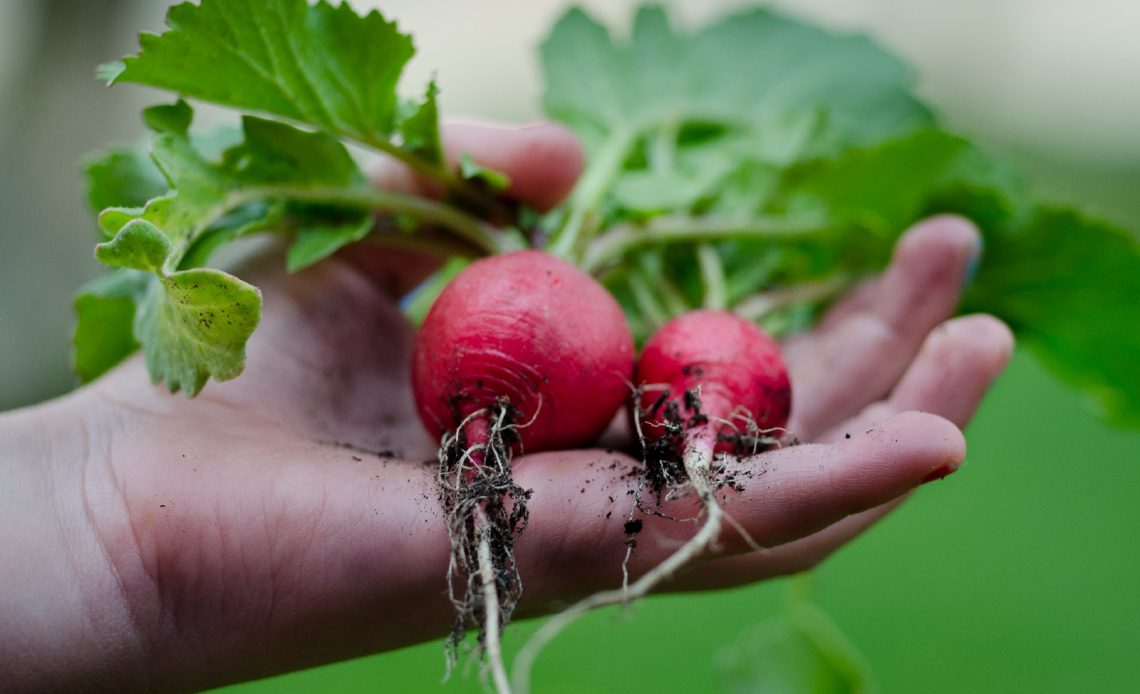

We’re here to help! Wild Yards is a completely free website that is 100% dedicated to helping you create a wildlife-friendly, sustainable yard. Read more
WildYards is reader-supported. When you buy a product through a link on our site, we may earn a comission. Every product is independently selected by our (obsessive) editors and our reviews are unbiased and objective. Read more about our mission or our privacy policy.
Nutritious and versatile, radishes are full of vitamins and antioxidants and can be used in salads, casseroles, and side dishes. These tasty veggies grow quickly when sown in acidic to neutral soil, and they perform just as well in the spring as they do in the fall. Radishes are easy to grow. But insects, nutrient-deficient soils, and too much sunlight can hinder production. If you’re new to growing radishes, you may be wondering, how can radish companion plants help?
Some radish companion plants, like onions, oregano, garlic, and mint, repel radish-loving bugs. Others, including borage, nasturtiums, marigolds, and rosemary, attract insects that benefit radishes. Meanwhile, tall-growing tomatoes and beans provide radishes with some much-needed shade.
Why should you grow companion plants with your radishes?
Aphids, cutworms, flea beetles, and harlequin bugs are just a few common garden pests that enjoy munching on radishes. Growing the right companion plants with your radishes can help deter these pests so your radishes can reach maturity.
Some companion plants not only repel the bad insects but also attract the good ones. Growing these plants near your radishes will encourage helpful garden bugs, like ladybugs, to visit. Fragrant flowering companion plants may attract bees, butterflies, and other pollinators, too.
If your vegetable garden is in a sunny location, companion plants can help provide your radishes with shade. Growing companion plants that are taller and have broad leaves will help keep your radishes cool. Additionally, certain radish companion plants replenish the nutrients in the soil, giving your radishes all of the vitamins and minerals they need to grow.
What are the best radish companion plants?
It takes a little extra effort initially, but growing radish companion plants can improve the health of your entire garden over time. Boost your radish crop’s chances of success by growing them near these beneficial plants.
Beans
Beans are an excellent source of protein for humans and deer alike. Growing beans up a trellis on the sunniest side of your garden will help keep your radishes in the shade during the hottest part of the day. Whether you decide to grow dry beans or snap beans, you really can’t go wrong. However, it’s worth noting that peas have the added advantage of boosting nitrogen content in the soil. If your garden is too sunny and your soil is too poor for radishes to survive, using peas as a radish companion plant can make all the difference.
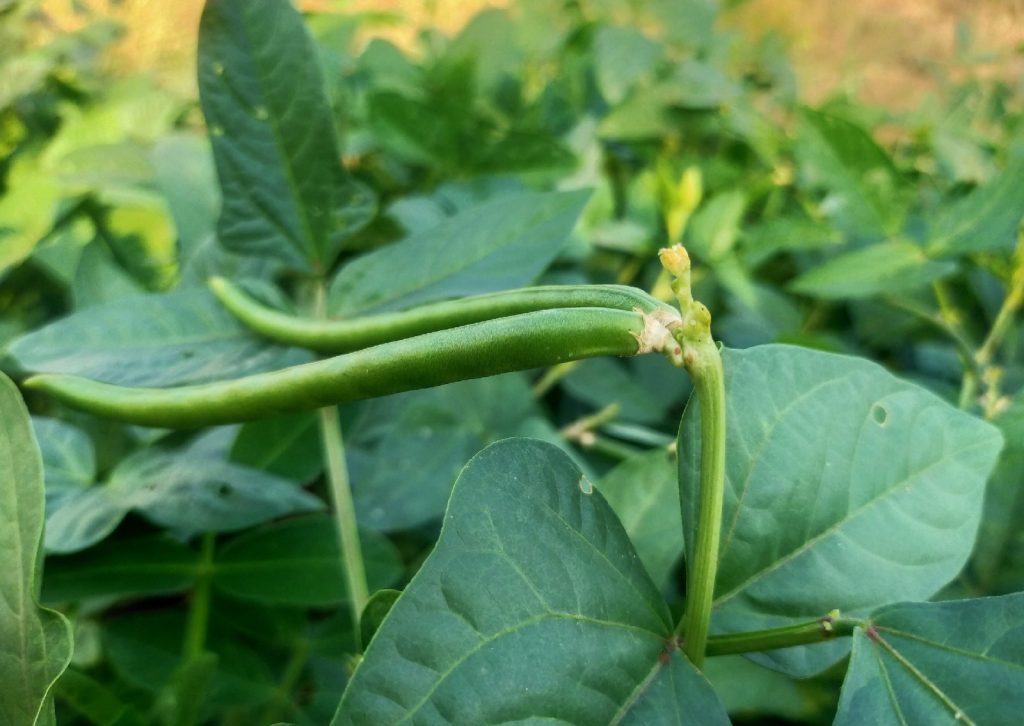
Tomatoes
An easy grower, tomatoes thrive in slightly acidic soils, so they grow well next to radishes. Tomatoes improve soil conditions, and they help break up the soil so radishes can grow more easily. As tomato plants grow, they can provide radishes with some sparse shade, too.
One of the best things about using tomatoes as a radish companion plant is that they keep growing long after radishes have been harvested. So you can start your radishes and tomatoes together. Then, in three to four weeks when your radishes are ready to be harvested, your tomato plants will use up the extra room. Growing these two plants together allows you to make the most of the space in your vegetable garden.
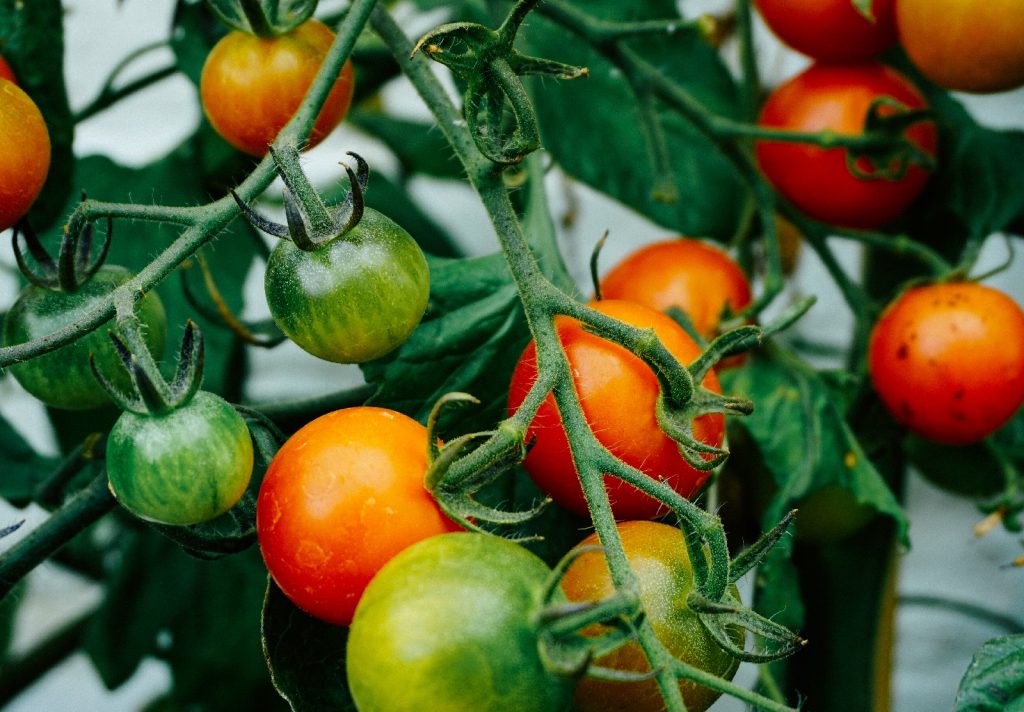
Nasturtiums
Squash beetles and whiteflies hate nasturtiums, so growing these radish companion plants can help keep the pest numbers down in your garden. On top of this, nasturtiums attract pollinators, including hummingbirds and predatory insects, like hoverflies. These aggressive bugs allow your radishes to achieve their maximum potential by preying on the insects that eat them, including thrips and aphids.
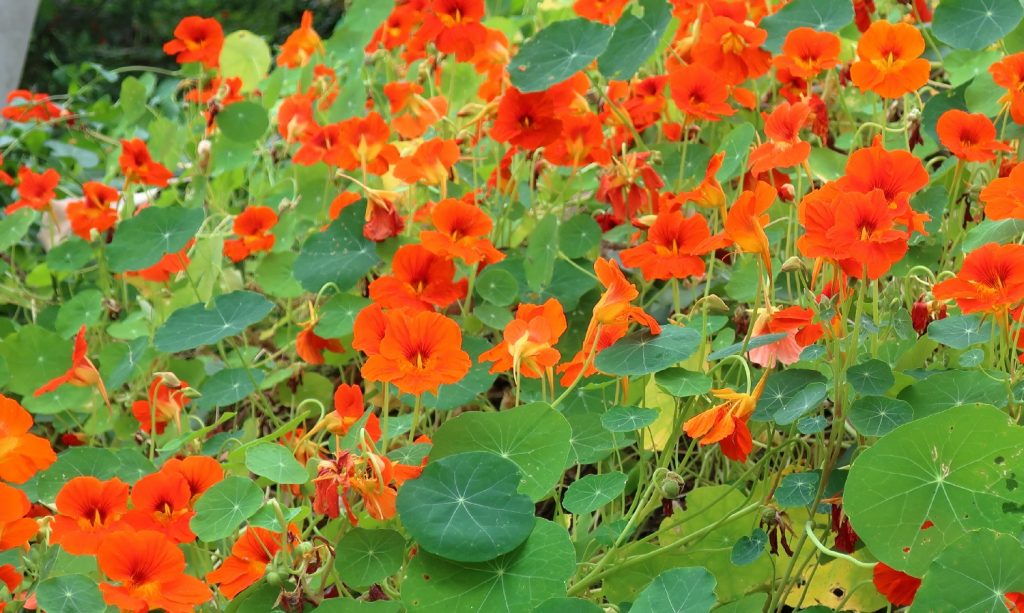
Onions
Onions are rich in sulfur. It’s what gives them their strong smell. While that sulfur is excellent for your health, particularly your skin, muscles, and joints, it’s not so tasty to hungry critters. If your radishes usually fall prey to bugs, keeping onions nearby can help protect them.
Insects aren’t the only ones who hate these plants. Deer and rabbits loathe onions, too. Their strong aroma is off-putting to just about every pest out there. Grow onions between your rows of radishes to keep them from being snacked on.
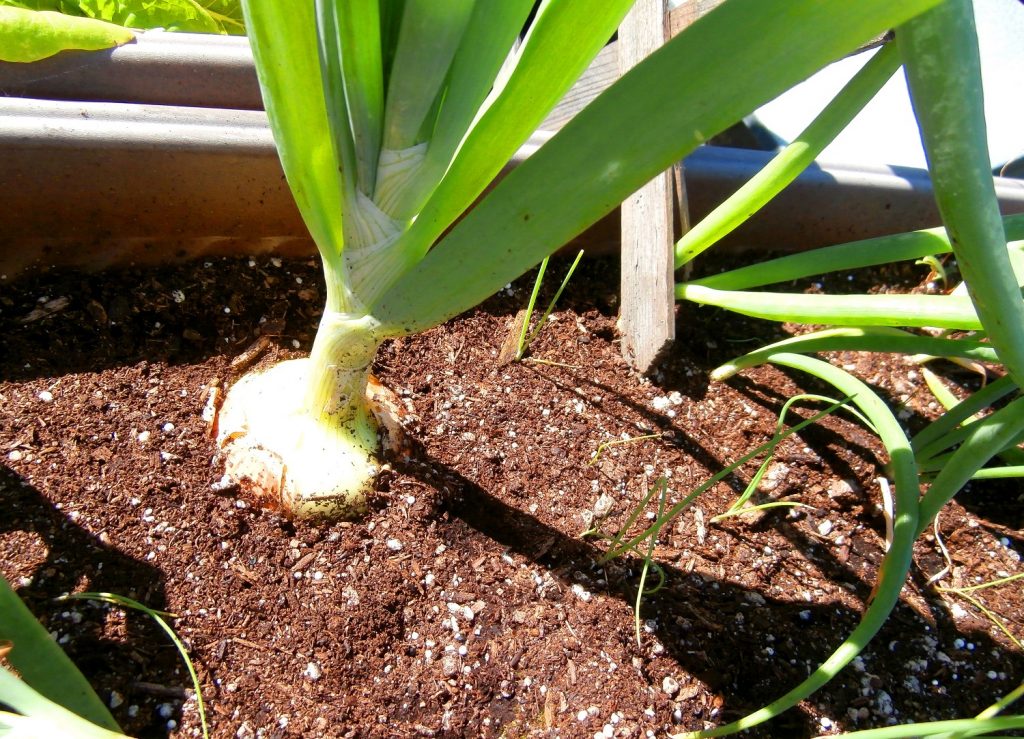
Garlic
Like onions, garlic is a strong-smelling, sulfur-rich plant that bugs, rabbits, and deer hate. No matter what your pest problem is, garlic can help you solve it. Growing garlic along with onions may work even better.
Note that garlic should not be planted near peas. Even though both of these plants are excellent radish companion plants, they don’t grow well when placed next to each other. If you want to use onions and peas to protect your radishes, grow your radishes in between the two, so there’s enough distance between all of them.
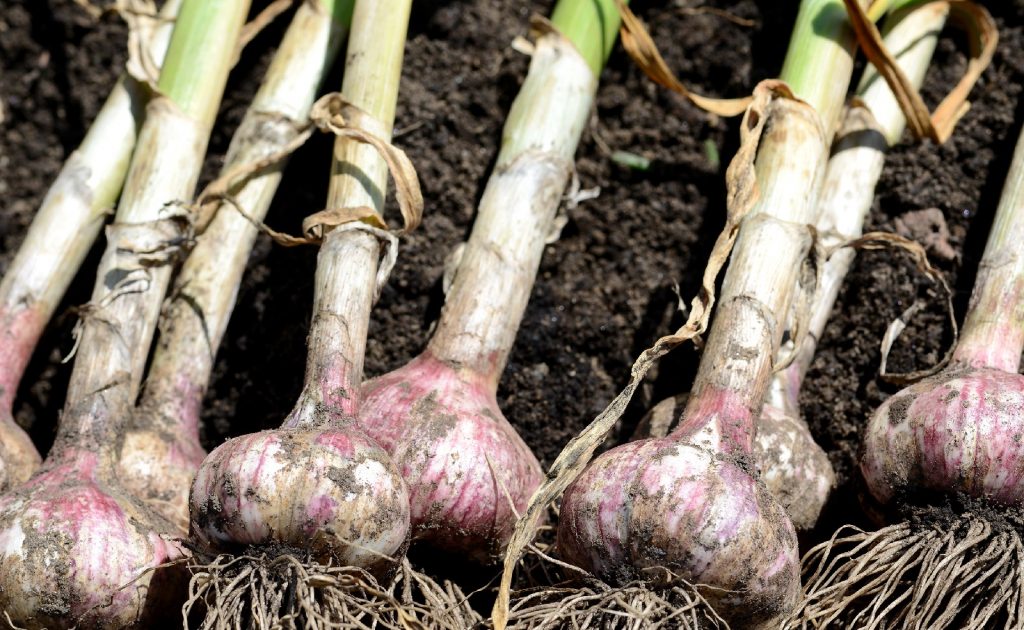
Mint
Mint is one of the best radish companion plants you can grow because it doesn’t just benefit radishes, it’s great for the whole garden. Bothersome garden insects, like ants, spiders, and fleas, are repulsed by the strong-smelling oils mint leaves produce. Yet when mint blooms, it produces dozens of nectar-rich flowers that other insects, like bees, love.
Like radishes, mint loves fertile, moist soil and shady conditions. And, interestingly, mint can make your radishes taste better. One drawback to mint is that it can be invasive when grown in the ground, so consider growing mint plants in pots and placing them near your radish crop, instead.
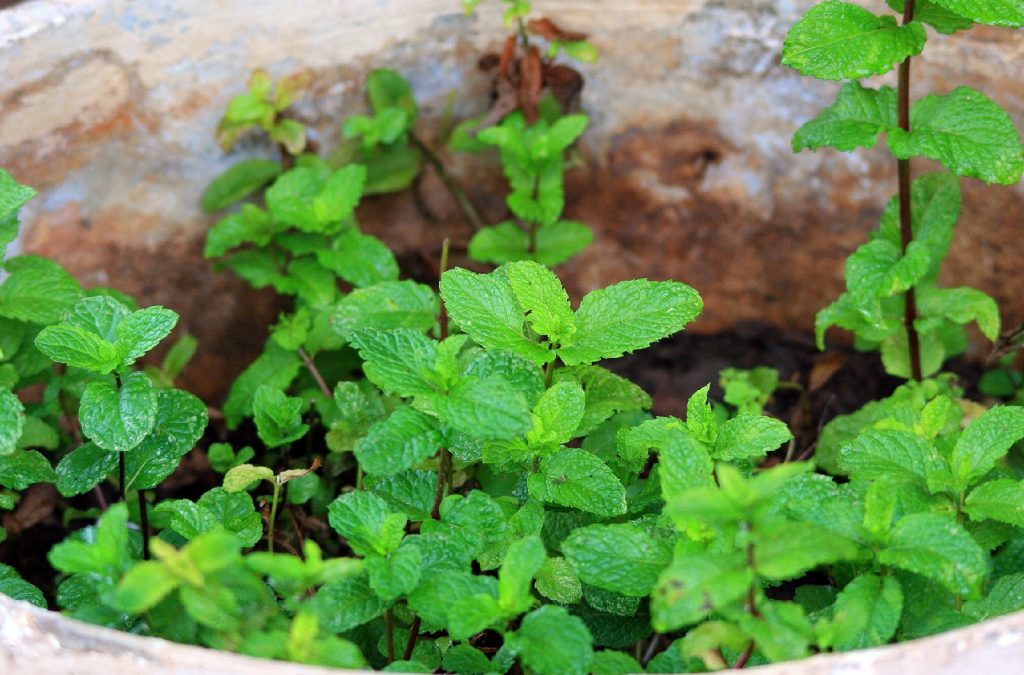
Peppers
Pepper plants are fun to grow. They can be grown indoors as well as out, in containers, or in the ground. They like heat and full-sun conditions, so they grow well where many other plants die. And with hot peppers, like jalapenos, you can influence how spicy they turn out just by controlling their water intake — the less you water them, the more capsaicin they produce, and the hotter they get.
Pepper plants don’t grow enormously tall, but they do grow to be taller than radishes, so they can provide them with a bit of shade. These plants also give off a smell that repels insects, keeping them off your radishes and other vegetables.
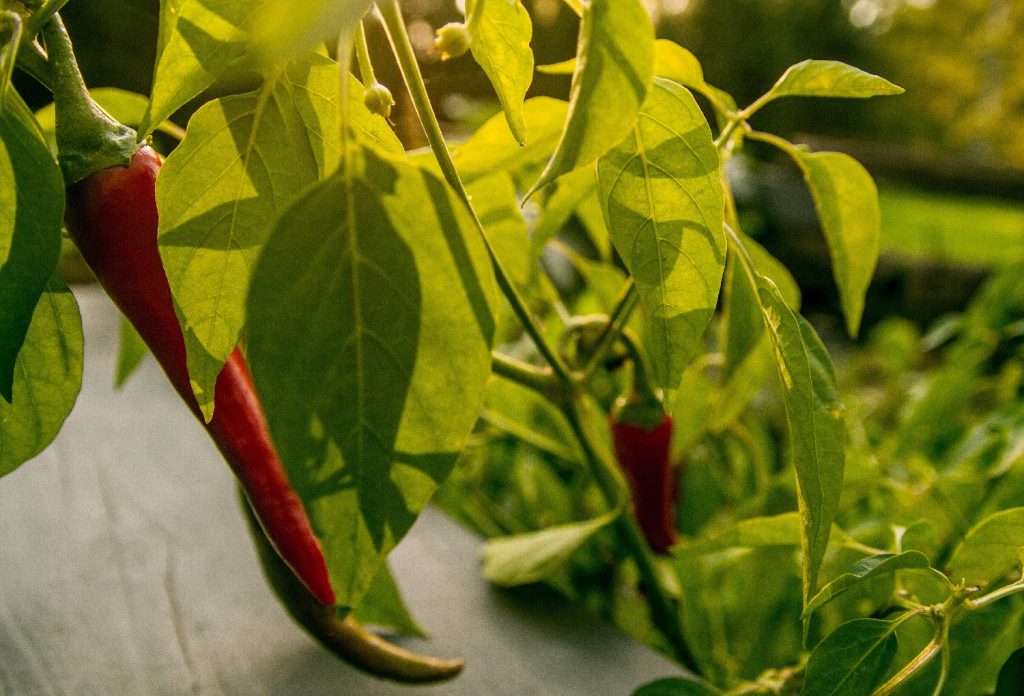
Rosemary
Rosemary leaves and stems are full of pungent oils that most pests hate. In extreme conditions, when food is scarce, you may find a rabbit or a deer nibbling on your rosemary’s new growth. But when other foods are available, these animals will happily steer clear of this fragrant herb.
When rosemary flowers in the spring and early summer months, it can attract bees, butterflies, and other pollinators to your garden. But other insects, like beetles and moths, aren’t as impressed with this flowering herb. If you’ve had trouble keeping bugs off your radishes in the past, keeping rosemary plants nearby can help.
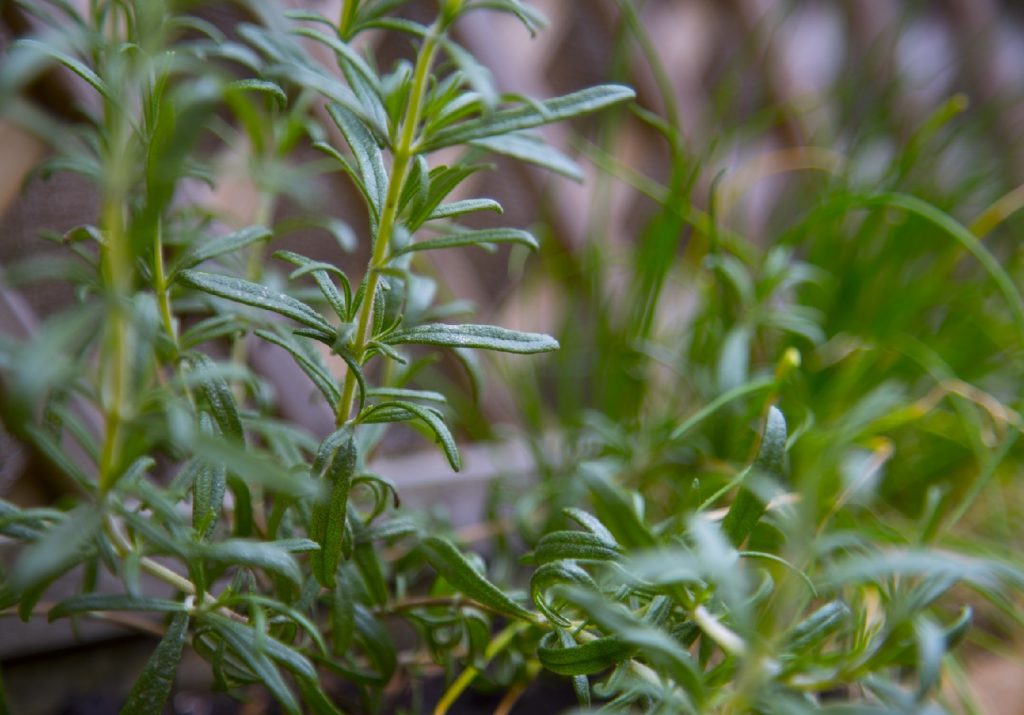
Petunias
This flowering plant cascades out over the ground below, keeping your delicate radishes in the shade. Because they spread out over the soil, they can help retain moisture as well. Petunias also attract hummingbirds, butterflies, and ladybugs, who all enjoy collecting pollen and nectar from these trumpet-shaped flowers. But be careful. Deer also like petunias, so if you do grow them as a radish companion plant, make sure you’ve deer-proofed your garden.
Lettuce
Radishes like soil that’s not overly wet, but that’s kept moist. It can be tough to keep the soil damp enough for them if your garden is situated in a bright, sunny spot. Alternating your rows of radishes between rows of lettuce allows the lettuce to fill in a bit, creating a ground cover that locks in much-needed moisture.
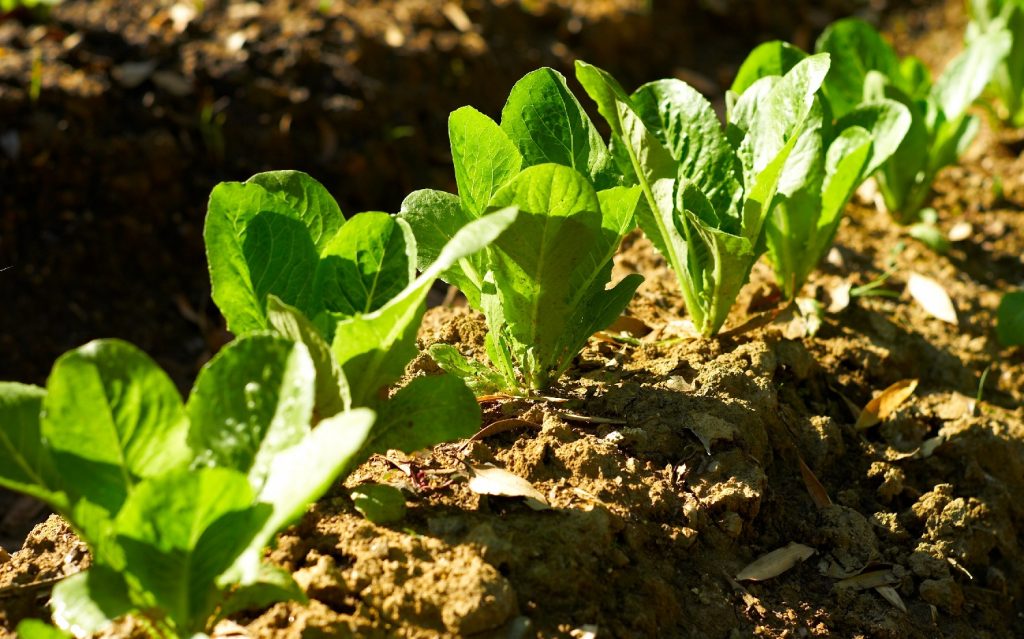
Marigolds
These frilly, ruffled flowers are lovely, but they have a distinctive, unpleasant aroma. Use this to your advantage by growing marigolds as a radish companion plant. These flowers keep bugs at bay, and the deer and rabbits aren’t too fond of them, either.
While marigolds are excellent for repelling some bugs, they’re great for attracting others. Planting marigolds in between your rows of radishes will help draw aphids, snails, slugs, leafminers, earwigs, caterpillars, and many other hungry pests away from your vegetables. They’ll choose to eat these fast-growing annuals instead, so your radishes stay safe until harvest time.
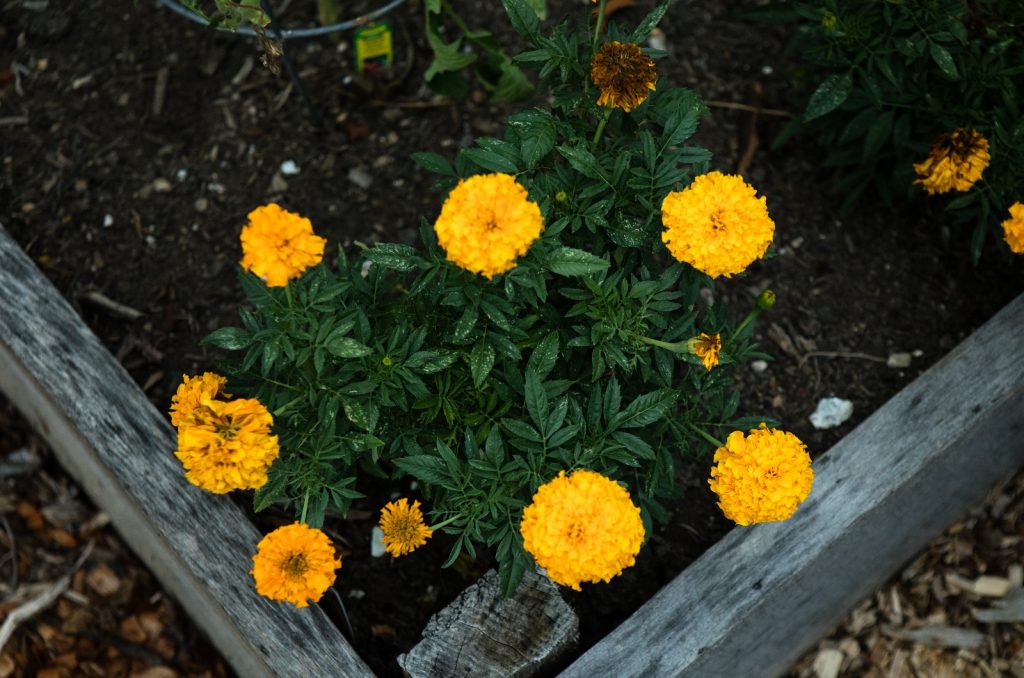
Oregano
This herb produces a sharp, peppery fragrance that deer and insects hate. We recommend growing oregano near your radishes as well as your cabbages because this herb is so good at repelling cabbage moths. This plant is excellent for deterring cucumber beetles, too, so consider planting it near your cucumbers as well.
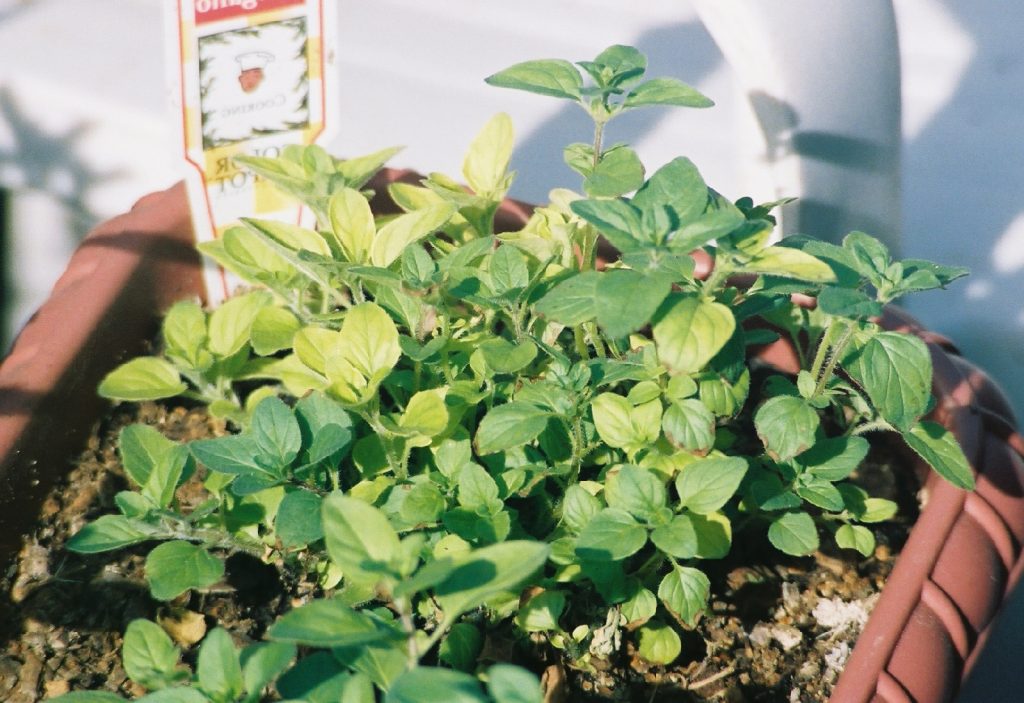
Borage
Worms are one of the biggest threats to radishes. They love to root through the moist, fertile soils where radishes grow, and they bore huge holes into the vegetables themselves, rendering them unsuitable for human consumption. Borage also attracts wasps that prey on many of the worms, caterpillars, and larvae that destroy vegetables.
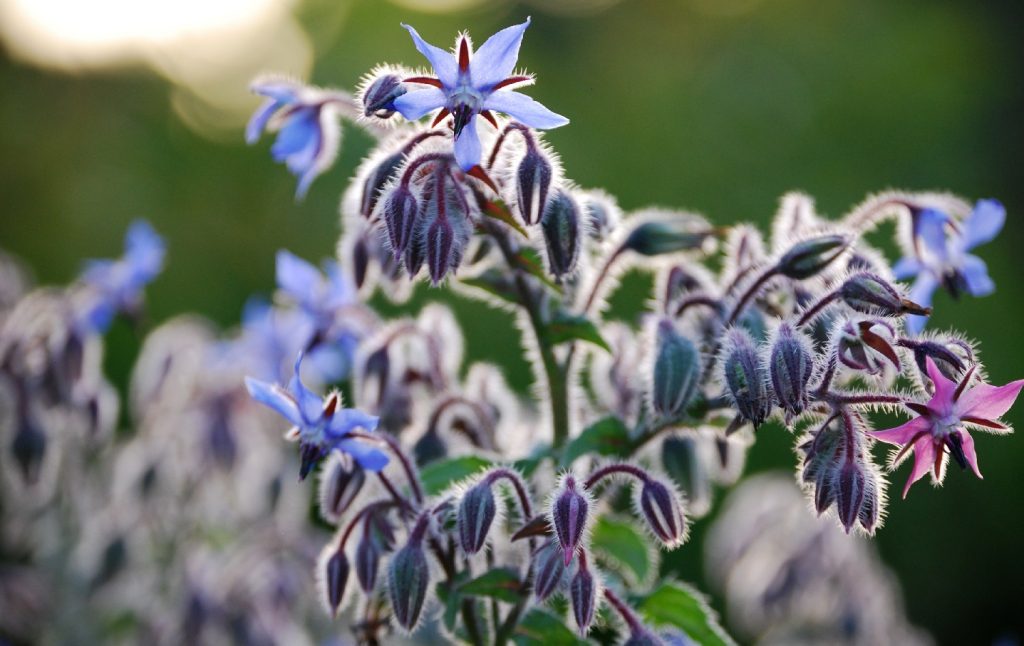
Which plants should you avoid growing near your radishes?
Growing your radishes near other plants helps to keep them protected from the elements. But some plants can do your radishes more harm than good. When growing radishes, keep them away from the following plants.
Melons
Radishes don’t like to get too hot, but they still need some sunlight. If you have a sunny garden, you might think it would be a good idea to grow melons near your radishes. But it isn’t. Melon plants produce large leaves that cast too much shade on nearby radishes. With no sunlight, your radish seedlings won’t be able to survive.
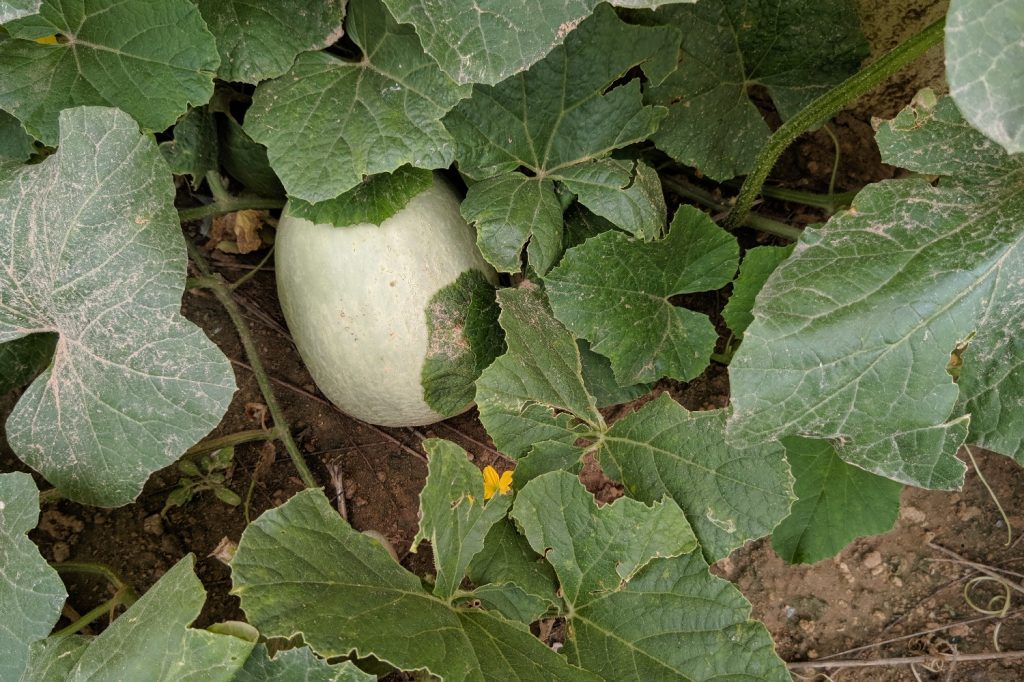
Turnips
These large, fast-growing root vegetables steal vitamins and minerals away from radishes before they get a chance to grow. If you want to try growing turnips in your garden, keep them away from your other root vegetables. Turnips love nitrogen-rich soil, so try growing them near your pea patch, instead.

Pumpkins
Like melons, these enormous gourds also produce large leaves and plenty of them. When grown near radishes, it doesn’t take long for pumpkins to snuff them out and kill them. Keep pumpkins and radishes on opposite ends of your garden. And try growing marigolds near your pumpkins to keep hungry deer away.
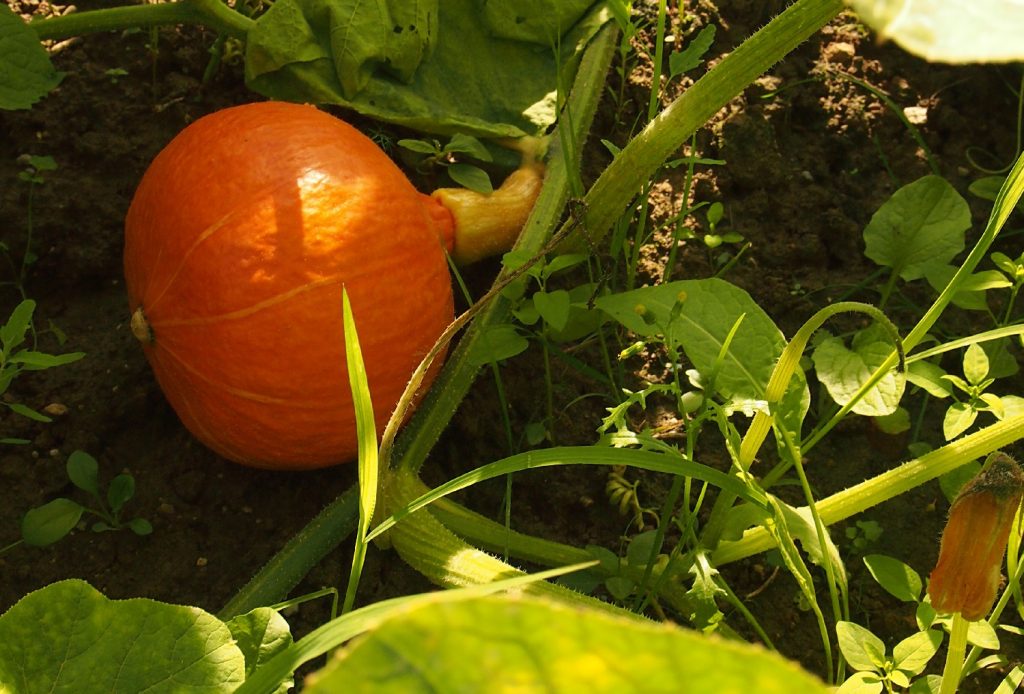
Sunflowers
Though these plants can be an excellent way to keep garden-damaging birds and squirrels busy, they can cast a large shadow on your radish crops. It’s no surprise that sunflowers love the sun, but they leave little sunlight left for growing root vegetables. So keep them away from your radishes.
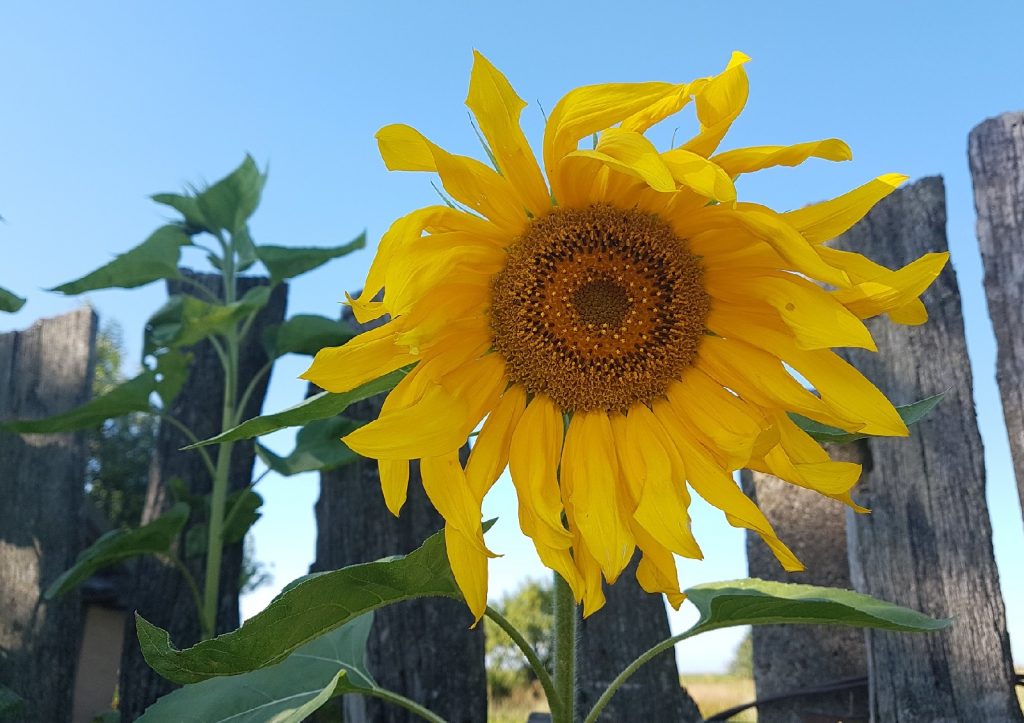
Potatoes
An unpopular choice with the deer, it can be tempting to grow potatoes as a radish companion plant to try to keep hungry animals at bay. But potatoes leech valuable nutrients from the soil, preventing your radishes from growing well. These two vegetables perform best when planted far apart.
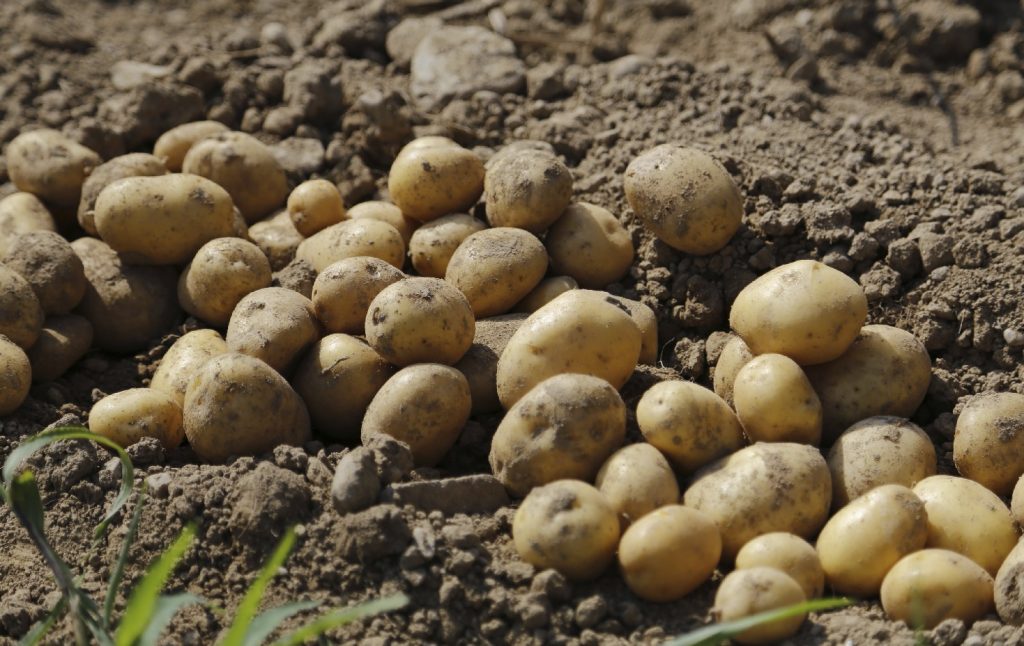
Should I use radish companion plants for my garden?
With a little time and effort, you can increase your garden’s output during the next growing season. Keeping a few radish companion plants in your garden is an excellent way to encourage these root vegetables to grow and to improve conditions for your other vegetables as well.
